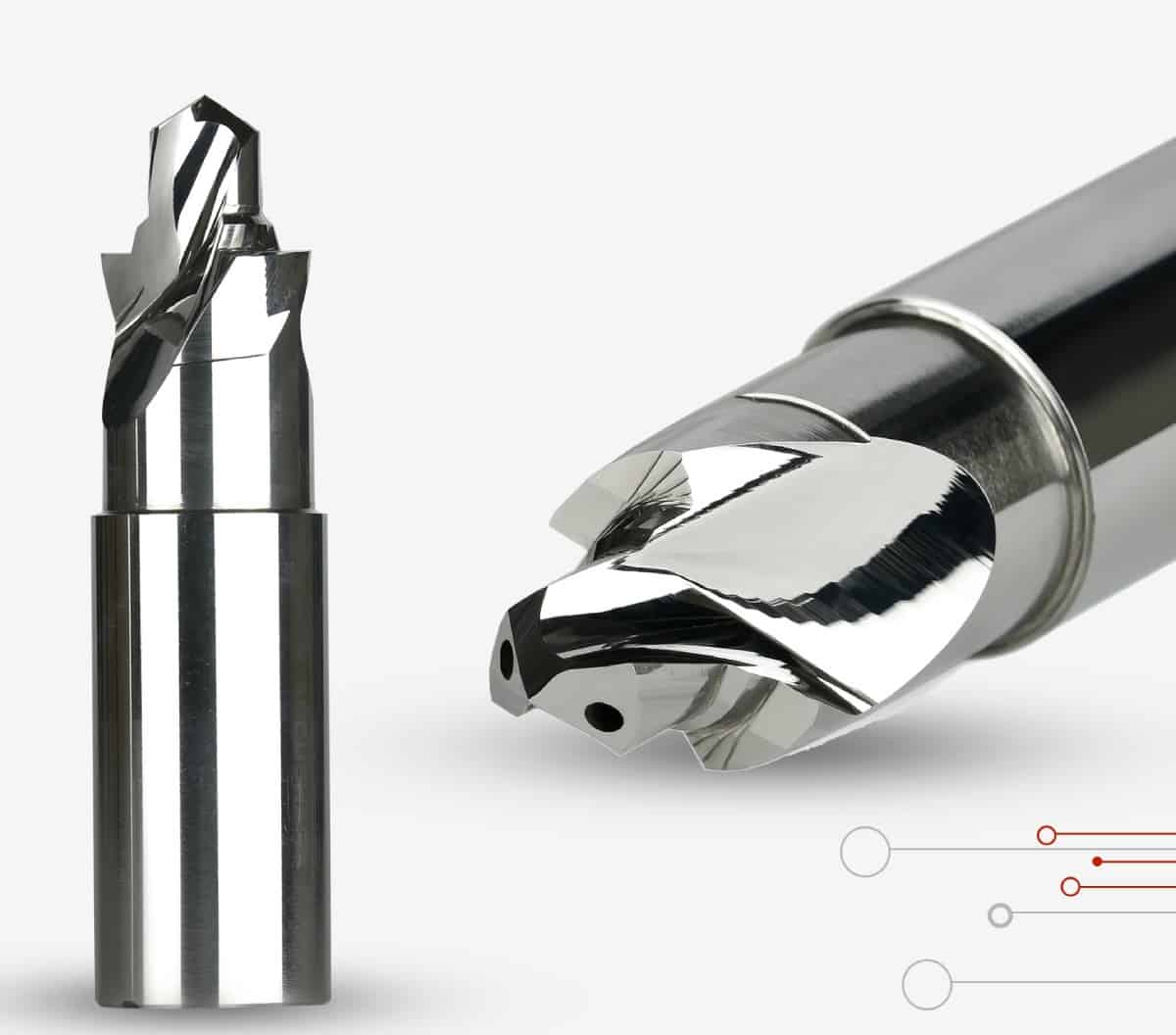Metal cutting tools are indispensable instruments in the world of manufacturing, enabling precise and efficient shaping of metal materials. For buyers seeking the right metal cutting tools, navigating through the vast array of options can be daunting. In this comprehensive buyer’s guide, we will cover everything you need to know about metal cutting tools, including their types, materials, coatings, geometries, and essential factors to consider when making a purchase decision.
- Material Compatibility
One of the primary considerations when choosing metal cutting tools is their compatibility with the specific material being cut. Different metals have varying hardness levels, thermal conductivity, and wear resistance. For instance, cutting through stainless steel requires different tool characteristics compared to aluminum or titanium. Manufacturers should select tools made from suitable materials, such as high-speed steel (HSS), carbide, or diamond, to match the metal’s properties.
- Tool Geometry
The geometry of metal cutting tools plays a crucial role in determining the cutting performance. Key factors to consider include the rake angle, clearance angle, cutting-edge sharpness, and tool point geometry. The appropriate geometry will affect chip formation, cutting forces, heat generation, and tool life. Understanding the machining process and workpiece material will guide the selection of the most suitable tool geometry for the application.
- Cutting Speed and Feed Rate
Selecting the right cutting speed and feed rate is vital for optimizing metal cutting operations. The cutting speed refers to the speed at which the tool rotates, while the feed rate indicates how fast the tool moves along the workpiece. These parameters directly influence the cutting forces, surface finish, and tool wear. Balancing cutting speed and feed rate is crucial to prevent tool breakage or premature wear and achieve high-quality machining results.
- Tool Coatings
Applying appropriate coatings to cutting tools can significantly enhance their performance and extend their lifespan. Coatings like TiN (Titanium Nitride), TiCN (Titanium Carbonitride), TiAlN (Titanium Aluminum Nitride), and DLC (Diamond-Like Carbon) offer increased hardness, reduced friction, and improved heat resistance. Choosing the right coating based on the application can lead to improved tool life and reduced machining costs.
- Tool Hardness and Toughness
The hardness and toughness of metal cutting tools are critical factors that determine their ability to withstand cutting forces and resist wear and deformation. High hardness helps maintain sharp cutting edges, while toughness ensures the tool can endure impact and shock loads during the cutting process. Strike the right balance between hardness and toughness to ensure the tool’s longevity and efficiency.
- Tool Size and Shank Type
Selecting the appropriate tool size and shank type is essential to match the machine’s capabilities and accommodate the workpiece requirements. Oversized or undersized tools may result in improper cutting, reduced accuracy, and higher risks of tool failure. Ensuring the correct shank type, such as straight shank or Morse taper, guarantees proper tool retention and stable machining operations.
- Tool Cost and Life Cycle
While upfront tool cost is a significant factor, considering the tool’s life cycle cost is equally important. Tools with longer life and higher performance may justify a higher initial investment, as they can lead to reduced downtime, lower tool replacement frequency, and overall cost savings in the long run.
Conclusion
Selecting the right metal cutting tools is crucial for achieving efficient and precise metal machining. By understanding the different types, materials, coatings, geometries, and essential factors to consider when buying metal-cutting tools, buyers can make informed decisions that lead to optimized manufacturing processes, improved productivity, and cost-effectiveness. Proper maintenance and storage of metal cutting tools will further ensure longevity and sustained performance, making them valuable assets in any machining environment.


